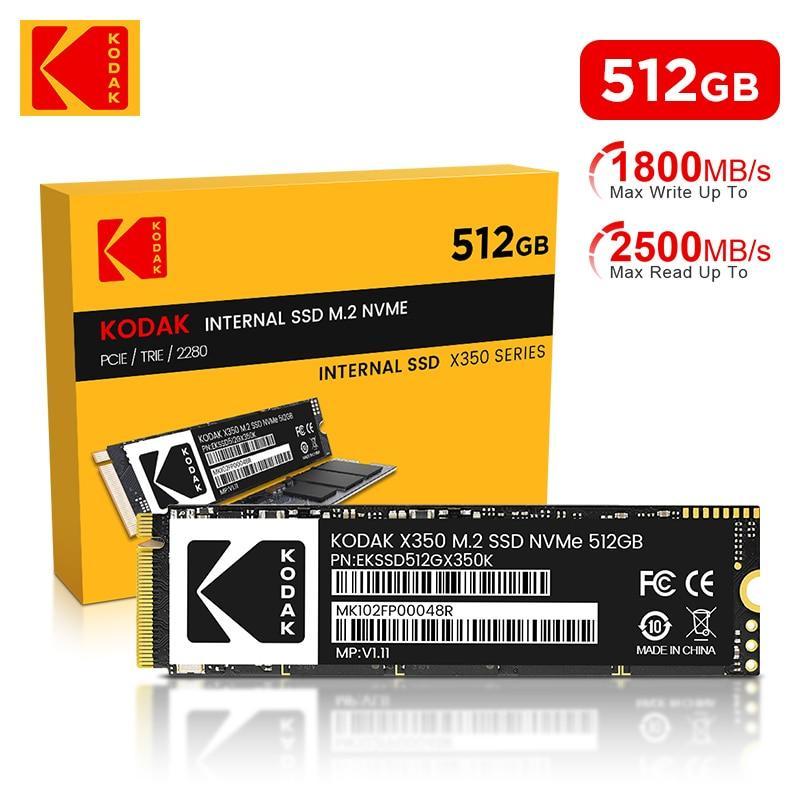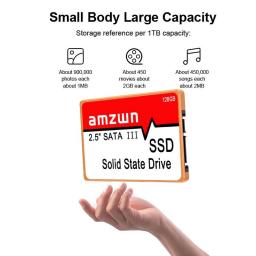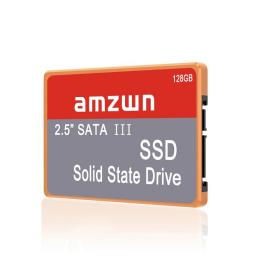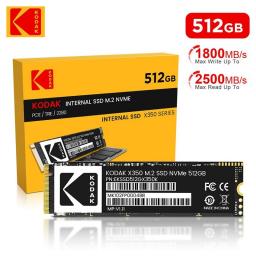Max Sequential Write:1300Mbps
Max Sequential Read:2600Mbps
Transport Protocol:NVME
Bus Type:PCIe 3.0x4
RGB:No
Cooling Fin:No
Package:Yes
Nand Flash Type:TLC
Controller:M2 2280
Size:PCI-E
Interface Type:PCI Express
Application:Laptop
Origin:Mainland China
Type:Internal
Style:SSD
Certification:CE
Speed:
256GB
PCIE nvme M.2 Gen 3.0x4 Read Max 2500MB/s,Write Max 1300MB/s
512GB
PCIE nvme M.2 Gen 3.0x4 Read Max 2500MB/s,Write Max 1800MB/s
1TB
PCIE nvme M.2 Gen 3.0x4 Read Max 2500MB/s,Write Max 1800MB/s
2TB: Read (max) up to 3,500MB/s / Write (max.) up to 3,100MB/s
256GB: 420 TBW.
512GB: 890 TBW.
1024GB: 1810 TBW.
2048GB: 3470 TBW.
Mean Time Between Failure (MTBF): 1,800,000 hours.
The speed test is based on the latest 64-bit version of CristaldiskMark, which will fluctuate depending on the configuration, for reference only Speed is depend on host device, interface, usage conditions and the type of your device. Data from offical website.
Feature:
Support System: windows 7,8,10.Linux v.2.6.x+, Chrome OS .
Support Device:Computer/Laptop/Server.
Memory management: ECC (Error Correction Code) .
Interface type: M.2 2280/Pcie gen3 x4.
Flash Type: 3D NAND/NVME .
Form factor: 80.0×22×3.58mm.
Static and dynamic:
1. Bad block management.
2. TRIM management.
3. SMART management/Over-Provision/Low power management.
Warranty:5 Years from Kodak.
About capacity:
128GB Approximately 119GB.
256GB Approximately 238GB.
512GB Approximately 476GB.
1TB Approximately 930GB.
2TB Approximately 1860GB.
Vendors are using decimal arithmetic: 1MB = 1000KB, 1G = 1000MB calculated, but the operating system is using binary arithmetic: 1MB = 1024KB, 1GB = 1024MB. So there are some differences between display capacity and nominal capacity of flash memory products





























